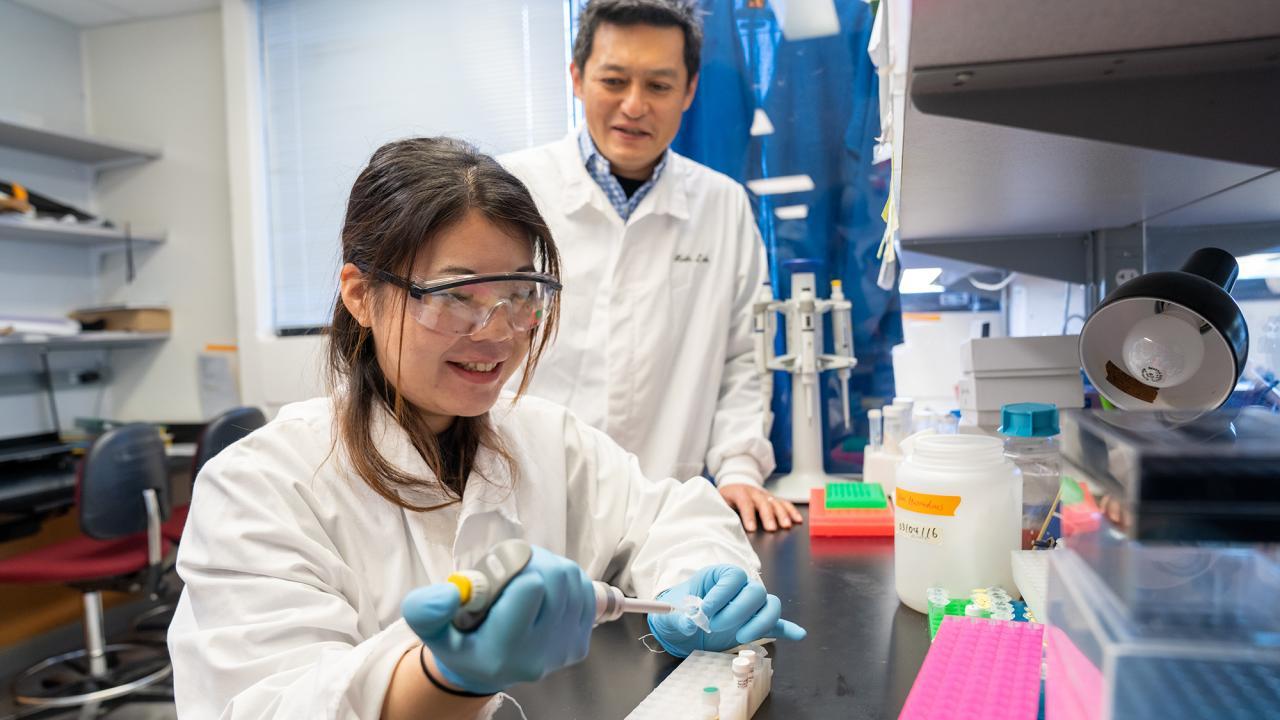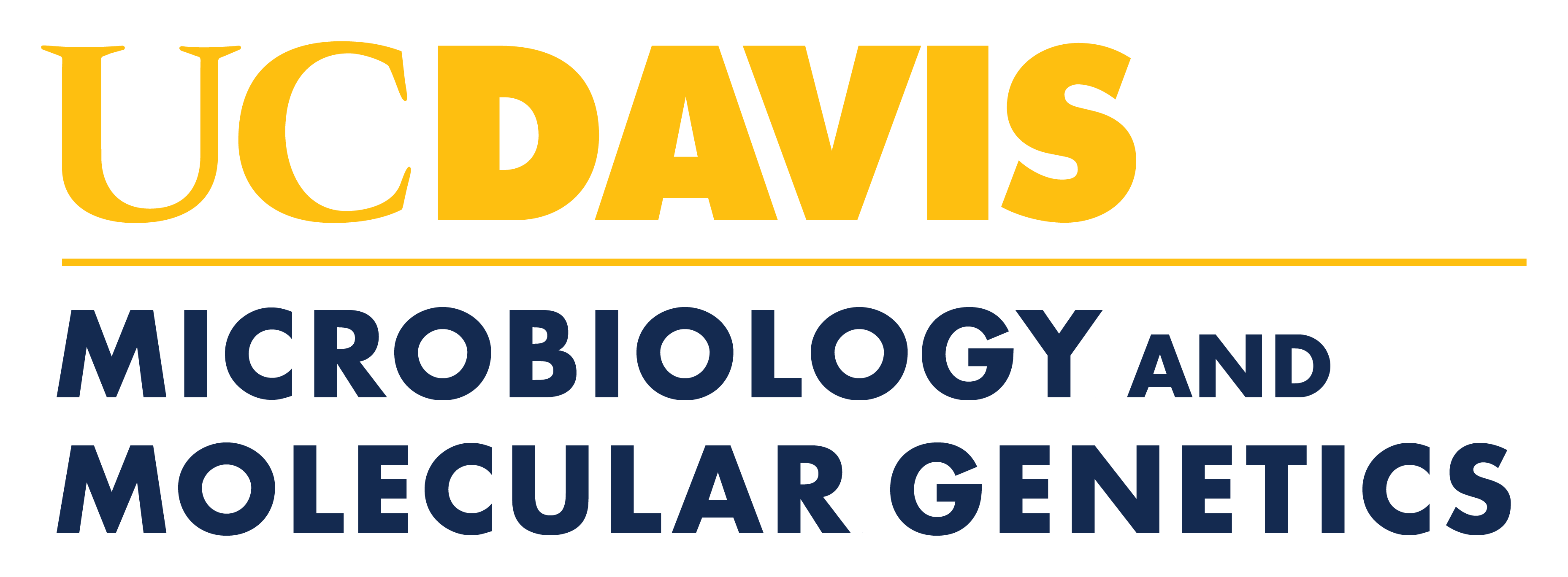
3D Genome Structure Guides Sperm Development
Knowing how the genome folds to turn genes on and off could improve our understanding of fertility and developmental disorders
Two new landmark studies show how a seeming tangle of DNA is actually organized into a structure that coordinates thousands of genes to form a sperm cell. The work, published March 3 as two papers in Nature Structural and Molecular Biology, could improve treatment for fertility problems and developmental disorders.
“We are finding the 3D structure of the genome,” said Satoshi Namekawa, professor of microbiology and molecular genetics at the University of California, Davis, and senior author on one of the papers. “This is really showing us how the genomic architecture guides development.”
Although DNA is a long, stringy molecule, in living cells it is folded and looped like a ball of yarn. This means that genes can be physically close to the “enhancer” DNA switches that turn them on and off even if they are far apart in the DNA sequence.
To understand how genes are turned on and off to make different cell types, you have to figure out how the DNA is folded — and which genes and enhancers are paired together.
